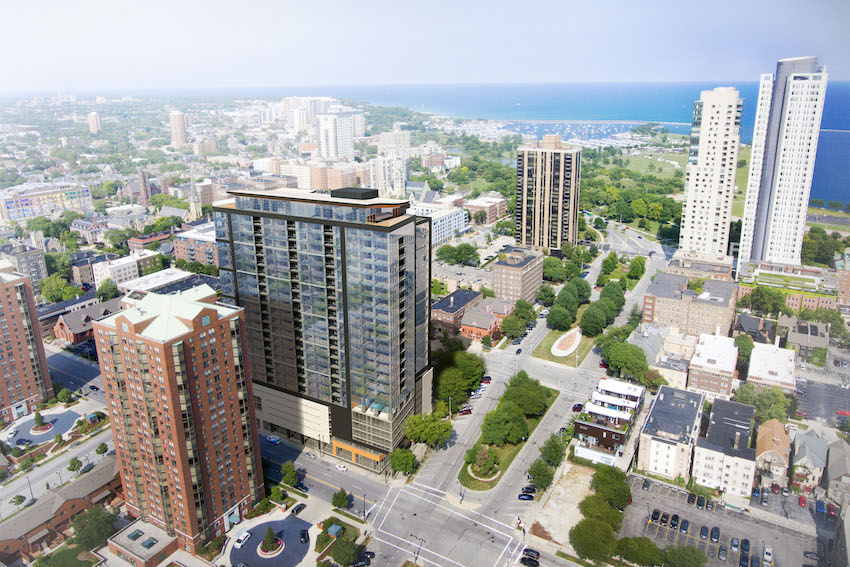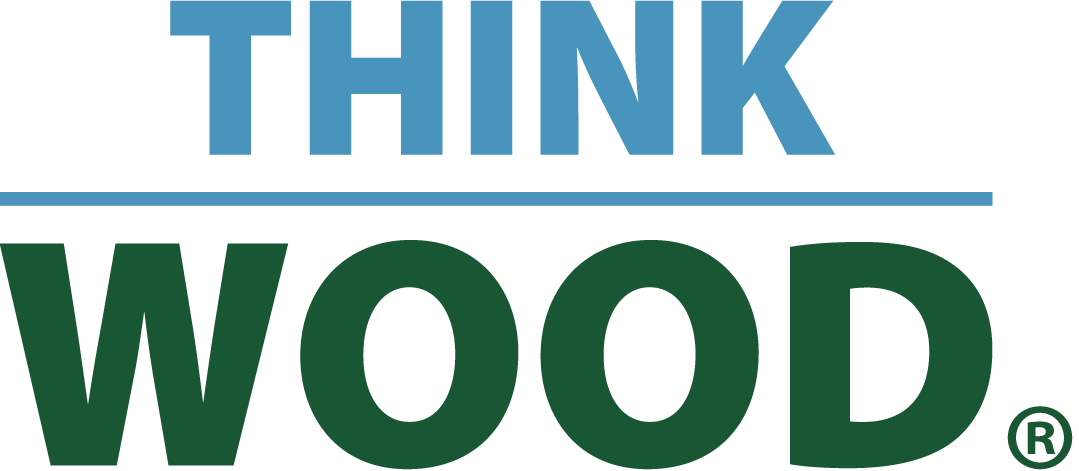Designing and Building for High-Density
Learning Objectives:
- Identify opportunities to increase housing density through trends like prefabricated construction, urban infills/overbuilds, and adaptive reuse.
- Recognize the carbon benefits of engineered wood products.
- Explain how designing and building with engineered wood products can impact speed of construction.
- Summarize updates to the 2021 IBC that allow for taller wood construction.
Credits:
This course is approved as a Structured Course
This course can be self-reported to the AANB, as per their CE Guidelines
Approved for structured learning
Approved for Core Learning
This course can be self-reported to the NLAA
Course may qualify for Learning Hours with NWTAA
Course eligible for OAA Learning Hours
This course is approved as a core course
This course can be self-reported for Learning Units to the Architectural Institute of British Columbia
This webinar is part of the Wood Structures Academy
The 2020 U.S. Census reported that less than 50% of the nation’s 3,100+ counties experienced an increase in population, while 81% of metropolitan areas grew over the past 10 years. The latest statistics paint a picture of increasing urbanization across the country. Today, the U.S. has a shortage of 7.2 million affordable housing units and high density, multi-family housing is in record demand. To address this crisis and become less automobile- and carbon-dependent, the country must densify its metro areas so more people can afford to live in the communities where they work.
Increasingly, the AEC industry is responding to the housing crisis with innovations in timber construction. This webinar will explore timber case studies that have achieved fast, efficient, and low-carbon construction of affordable multi-family housing, increasing density through trends like prefab, urban infills and overbuilds, and adaptive reuse of existing buildings. The presentation will be followed by a moderated discussion.
Jeff Spiritos, of Spiritos Properties will present 2 Hamilton, a mixed use building in New Rochelle, New York, that leverages the structural capacity and assembly efficiencies of cross-laminated timber (CLT) panels and glue-laminated timber frames in constructing a vertical addition to the existing steel structure and masonry facade. Spiritos will also present Acme Lofts in New Haven, Connecticut, an overbuild on top of an existing 3.5-story, unreinforced masonry structure, which was made possible due to timber’s light weight.
Jason Korb, of Korb Architects and Associates will present the Ascent, a 25-story residential building in downtown Milwaukee that is expected to be the tallest mass-timber tower in the world when it is completed in 2022. The presentation will be followed by a moderated discussion.
The presentations will be followed by a moderated discussion focused on how these innovative projects address several key issues.

Photo courtesy of Korb Architecture
















